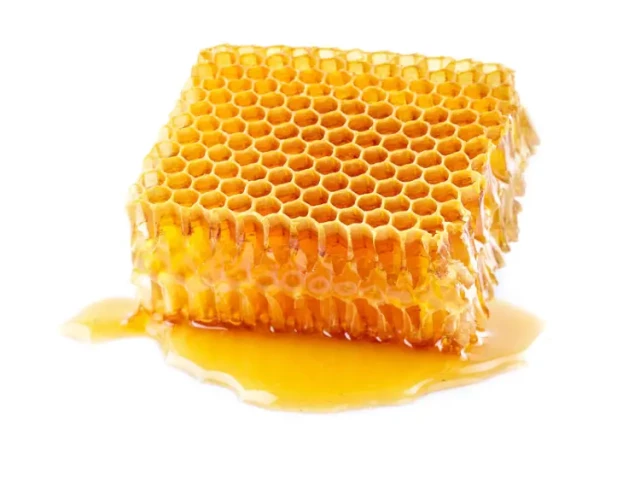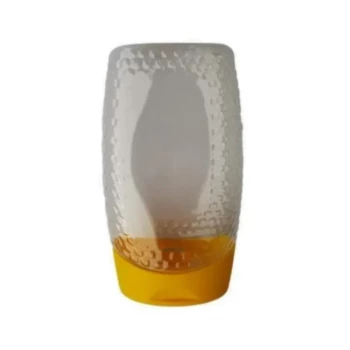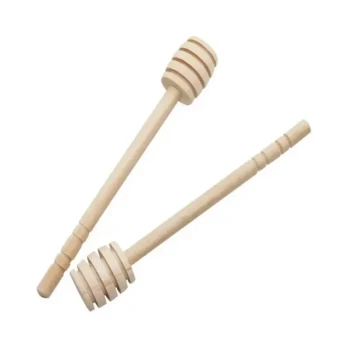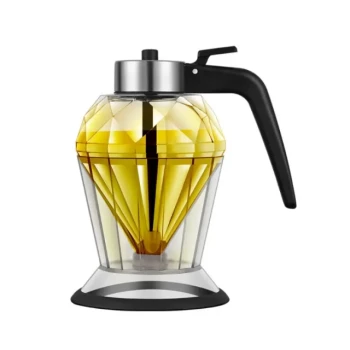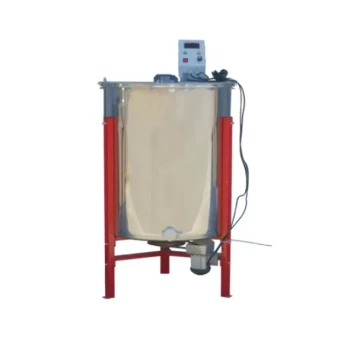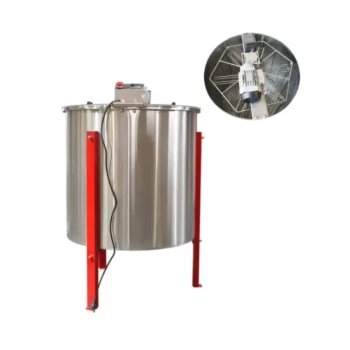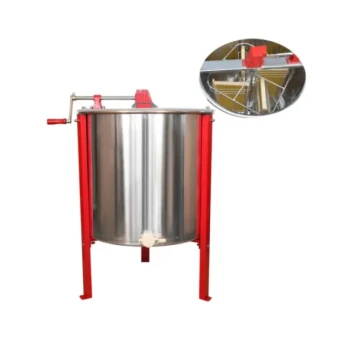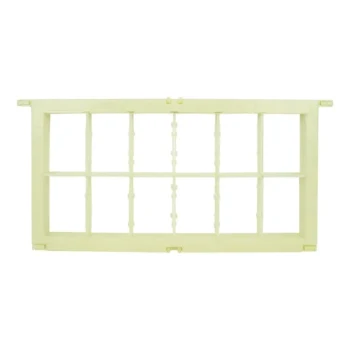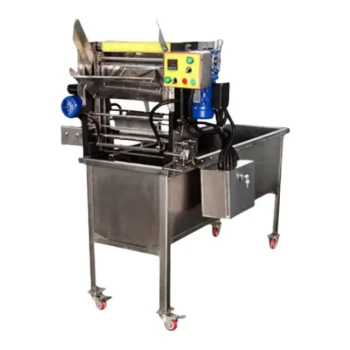For hobby beekeepers seeking a chemical-free, low-cost honey harvesting method, the crush & strain technique offers an accessible way to extract raw honey while preserving natural combs. Unlike mechanical extractors requiring significant investment, this approach uses minimal equipment and aligns with sustainable beekeeping principles.
Sustainable Honey Harvesting
Crush & strain harvesting prioritizes comb integrity and honey purity by avoiding synthetic foundation materials. This method is ideal for:
- Natural comb enthusiasts avoiding plastic or wired foundations
- Small-scale beekeepers harvesting under 50 lbs annually
- Sustainability-focused apiaries minimizing equipment waste
Essential Tools for Natural Comb Processing
A basic setup includes:
- Food-grade buckets (2+ gallons) with lids
- Straining mesh (400–600 micron nylon or stainless steel)
- Crushing tools (wooden paddles or clean hands)
- Wax collection containers for byproduct processing
Step-by-Step Crush & Strain Technique
- Harvest frames when 80% of cells are capped (late morning yields optimal viscosity).
- Remove bees gently using a bee brush or escape board.
- Crush comb directly into a bucket, breaking cells to release honey.
- Strain mixture through mesh into a second bucket—expect 12–24 hours for full drainage.
- Separate wax residue by melting in warm water (see Preventing Wax Contamination).
Crush vs Extractor Comparison
Cost Analysis for Small-Scale Beekeeping
| Factor | Crush & Strain | Extractor |
|---|---|---|
| Equipment Cost | Under $50 | $300–$2,000+ |
| Comb Reusability | Not reusable | Reusable with foundation |
| Yield Efficiency | 85–90% recovery | 90–95% recovery |
Data from beekeeping cooperatives show crush & strain meets the needs of 70% of hobbyists with ≤10 hives.
Comb Preservation Considerations
- Crush & strain requires rebuilding combs annually, encouraging natural bee behavior.
- Extractors preserve combs but may introduce synthetic foundation materials.
Success Optimization
Preventing Wax Contamination
To purify wax remnants after straining:
- Simmer collected wax in water at 160–180°F (71–82°C).
- Skim floating wax once cooled and solidified.
- Filter liquid wax through cheesecloth for cleaner blocks.
Seasonal Timing Tips
- Early summer harvests produce lighter, floral honey with higher wax yield.
- Late season combs contain thicker honey but more propolis residue.
Ready to simplify your honey harvest? HONESTBEE’s wholesale beekeeping supplies help commercial apiaries and distributors equip sustainable operations—from food-grade buckets to stainless steel straining systems. Explore our bulk solutions for natural honey processing today.
Visual Guide
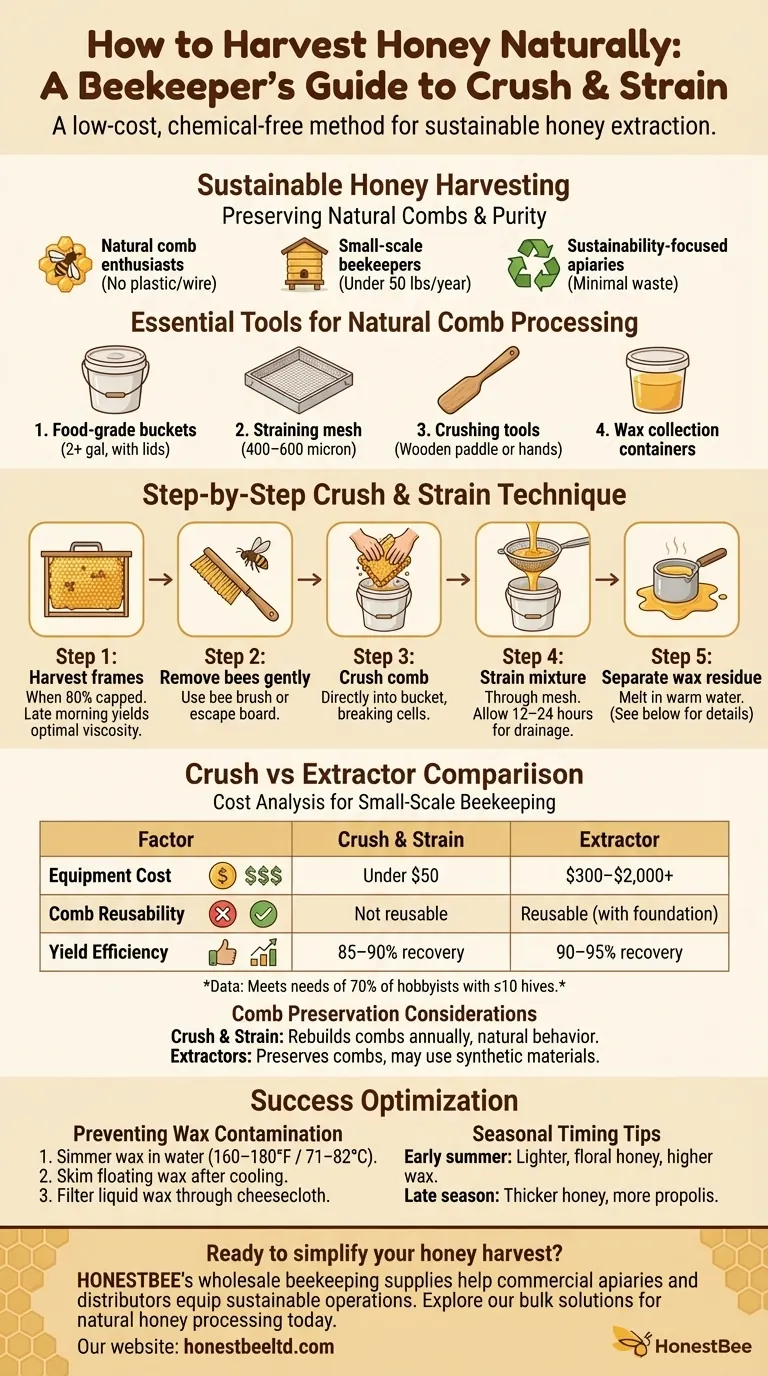
Related Products
- Stainless Steel Triangle Support Honey Strainer and Filters
- Honey Concentrating and Filtering Dehumidifier Machine 2T Capacity for Honey
- 10L Stainless Steel Electric Honey Press Machine
- Stainless Steel Manual Honey Press with Guard for Pressing Honey and Wax
- Electric 8 Frame Honey Spinner Extractor Equipment for Beekeeping
Related Articles
- Honey Flow vs. Langstroth Hives: Which System Delivers Better Efficiency and Bee Health?
- How Bee Jackets Outperform Full Suits in Hot Weather Without Sacrificing Protection
- How to Heat Honey Without Destroying Its Nutrients: Science-Backed Methods
- How Thoughtful Pocket Design Transforms Hive Inspections for Beekeepers
- How Modern Bee Suits Combine Safety and Comfort Through Smart Design
